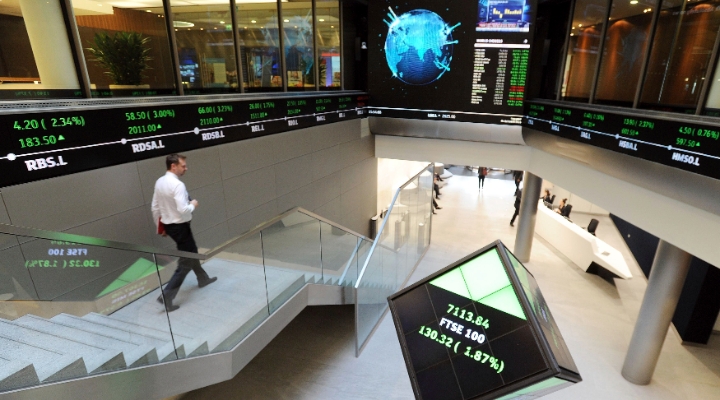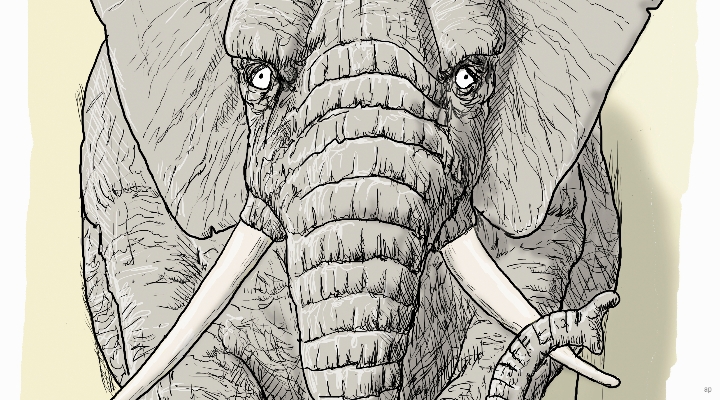Kate Lin: Welcome to Morningstar. Economic moat is a concept Warren Buffett coined to describe a sustainable competitive advantage. How does one define that? Some believe corporate culture is key. While culture is hard to define and quantify, how is it corroborated to the traditional investment analysis?
We're talking to Jon Tringale, portfolio manager at WCM Investment Management.
Hi Jon. First, can you tell us about your investment process that focuses on identifying companies with an expanding mode and the culture necessary for long-term success?
The People Element
Jon Tringale: Happy to. So we really focus on two major things that are distinct. The first as you alluded to is understanding not just does a company have a competitive advantage, but how is that competitive advantage evolving.
And, our focus is on owning companies where we can make a very compelling case based on studying not just the company, but their whole industry, their peers, their ecosystem. We can see evidence of that competitive advantage, that moat is actually getting bigger in the future. And then, where culture comes into play, a lot of companies have a strategy to grow their moat, but ultimately the execution of that strategy comes down to the people.
So we found that by really focusing on the people side of the equation, looking at everything from alignment with the strategy, compensation, incentives, how people act and behave in an organization, the behaviors that are valued and encouraged, having a good alignment with the strategy to grow the moat can make a company much more likely to be successful with that strategy. And, it has the benefit because it is a very qualitative culture and is not something you can look up in Bloomberg or put into your models. So it tends to get overlooked by Wall Street and certainly most investors and we have a whole four-person business culture analyst team that just focuses on the people side of the equation trying to get insights and ultimately lead to some alpha right.
There Isn’t One Culture for All
Lin: So how is this culture analyzed and measured, and importantly, linked back to financial analysis?
Tringale: Yeah, so we don't believe there's some one perfect culture that we look for with every company. We have a framework with really three pillars to it.
The first one is understanding again what's the company's strategy to grow their moat and is their culture aligned with that strategy. So if we're talking about an innovative disruptive technology company, it's all about do they have the right culture to attract the best engineering talent; do they have the right focus on R&D; do they give the right freedom and creativity to these talented engineers to out-innovate their competition.
But if we're talking about a low-cost and efficiency business, like a railroad in North America, you know there, it's all about high levels of accountability, very strong bonus incentives throughout the organization if you can hit these aggressive targets that are set for you grinding out basis points of improvement in the operating ratio. So, we're looking for very different things culturally. So that's that culture, strategy alignment piece.
The second piece is cultural strength. It's not enough that the CEO and the leadership is saying something, but deeply embedded in the whole organization is this mindset is this way of doing things. We test through that with a lot of interviews.
And then the third piece is adaptability. We're in a world where the rate of change is faster than it's ever been before. All companies are going to face new challenges, new threats, and new opportunities. By finding organizations that have a high level of external awareness, and a high level of adaptability, they're going to be more likely to succeed in growing their moat.
Consistent Outperformance Can Be Attributable to Good Culture
Lin: Lastly, when you're picking stocks, can you tell us how you differentiate between companies with good culture and those with bad culture? Perhaps you could share some examples to illustrate the distinction.
Tringale: Yeah, well, really goes back to those three pillars again, that the alignment, the strength, and the adaptability. Now I think where you can really see that culture matters. And for any skeptics out there, when you look at a few companies that operate in the same industry, with the same business model. Yet, one of them dramatically outperforms the others on the financial metrics year after year after year. It often is due to culture. And I think why that's so powerful for us is typically Wall Street's view is you know this one company is outperforming, it's not sustainable, it's going to mean revert to the peer set. Yet we've seen that superior cultures can maintain that leadership a lot longer than the market appreciates.
For a quick example would be Costco (COST), which is a membership-based bulk warehouse retailer in the US [Compared to] their primary competitor, Sam's Club [owned by Walmart (WMT)], they've had double the sales per square foot, three times the same-store sales growth, much higher returns on capital and profits, despite being in the same industry. It's because in retail, really, it's important to treat your employees really well. They're on the store floors interacting with customers all day long. If they're happy, they're going to provide better service, customers are going to come back and shop more and the shareholders are going to do well. And, Costco has about one-fifth the employee turnover of Sam's Club, because of how they pay them better, offer more benefits, and have more advancement programs. So that's kind of a quick example.
Lin: Well, thank you so much, Jon. For Morningstar, I'm Kate Lin.





























